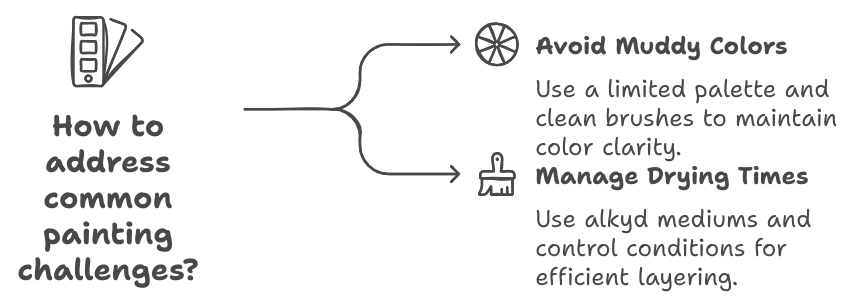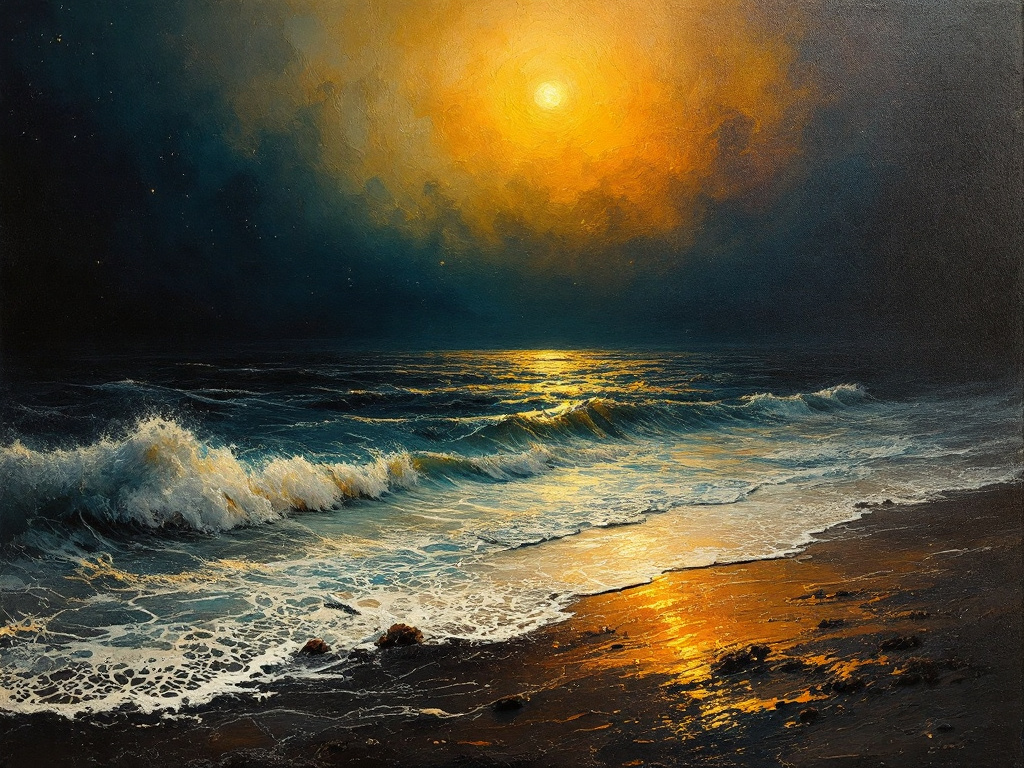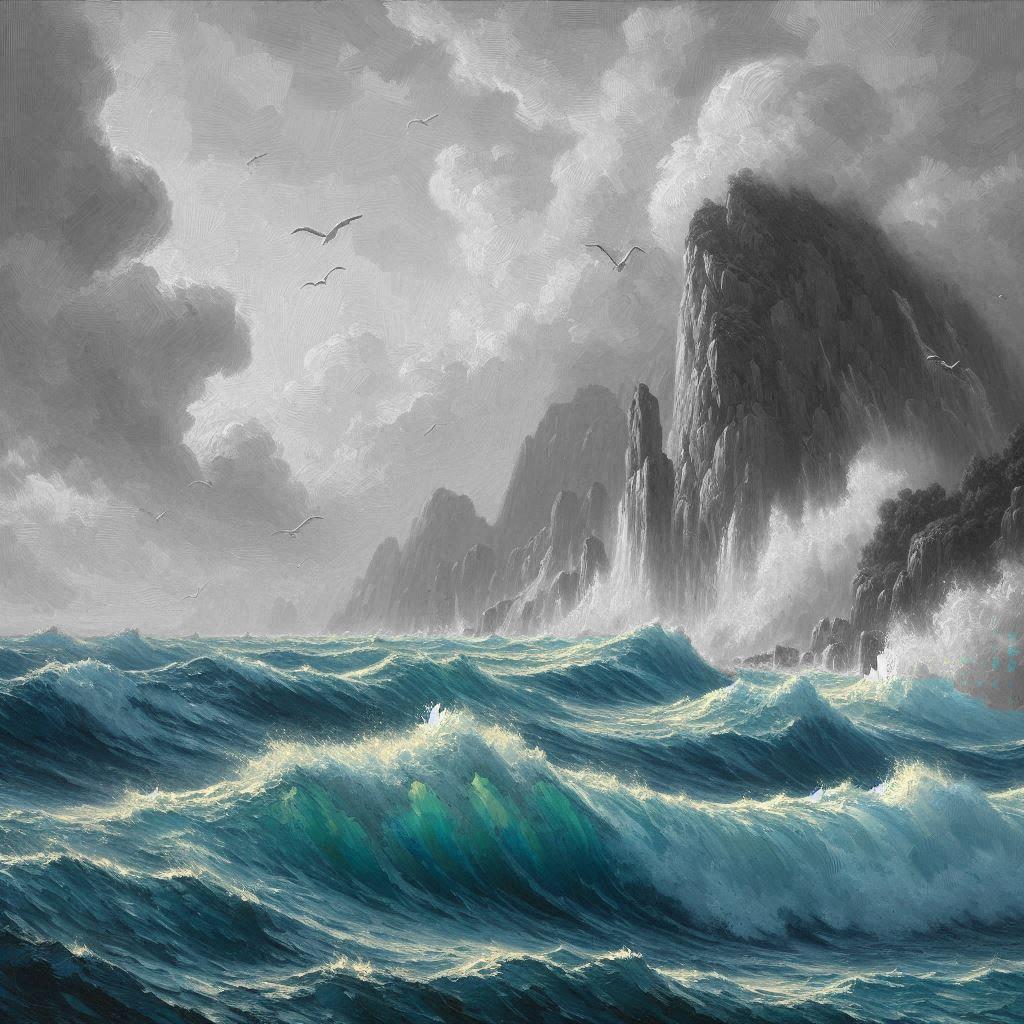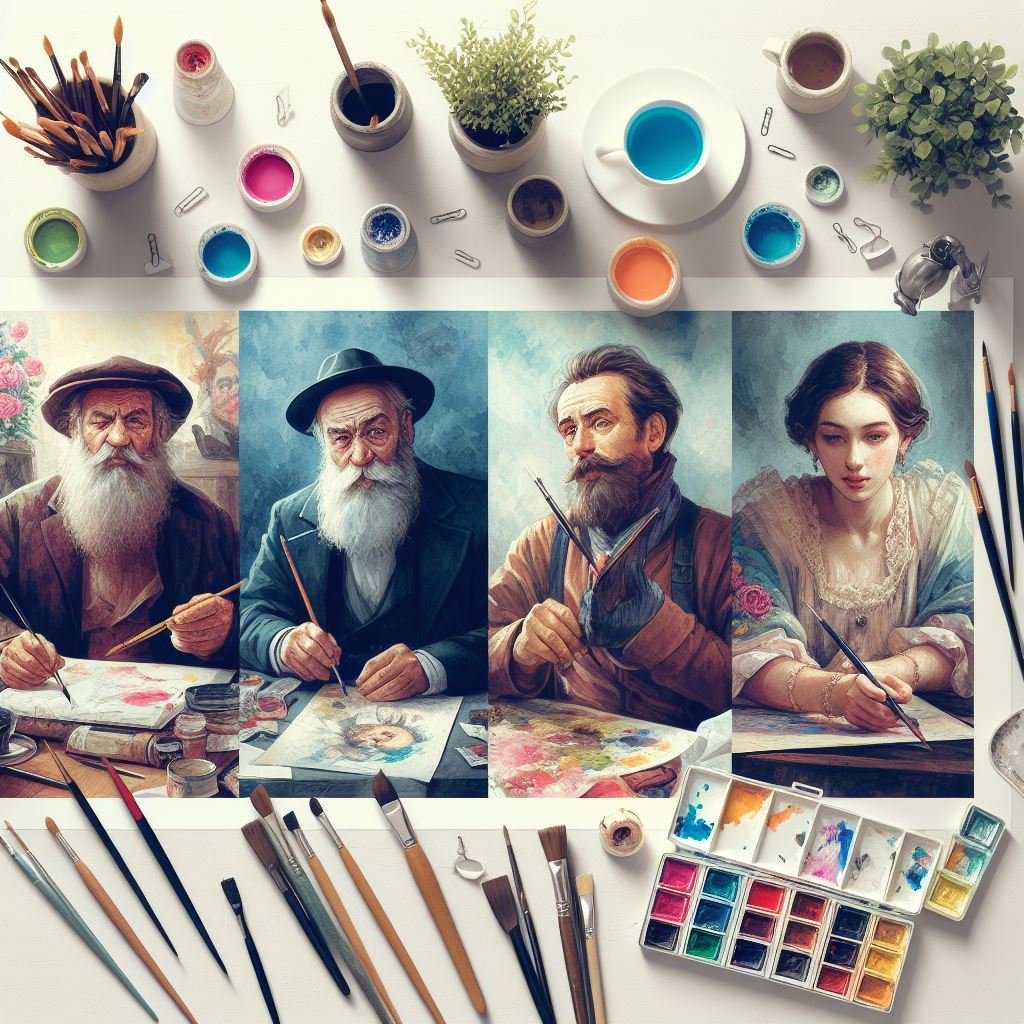Creating captivating oil paintings requires understanding the fundamental principle of depth. Through masterful layering techniques, artists can transform flat canvases into windows of dimensional reality that draw viewers into their world.
The Magic of Building Depth
“Painting is poetry that is seen rather than felt, and poetry is painting that is felt rather than seen.” – Leonardo da Vinci
This timeless quote captures the essence of what we aim to achieve through layering in oil painting – creating works that engage both visually and emotionally. By building depth through strategic layers, we transform two-dimensional surfaces into rich, multifaceted artworks that command attention.
Understanding Layering Basics
Layering in oil painting differs significantly from simple blending. While blending creates smooth transitions, layering builds physical and visual depth through distinct applications of paint. Each layer contributes to the final piece’s complexity and dimension.
Essential Tools for Layering Success
| Tool Type | Purpose | Recommended Options |
|---|---|---|
| Brushes | Application | Filbert, Flat, Round |
| Mediums | Paint Modification | Linseed Oil, Liquin, Turpentine |
| Surfaces | Foundation | Linen Canvas, Wood Panel |
| Palette Knives | Texture Creation | Metal, Flexible Blade |
The Foundation: Canvas Preparation
Success begins with proper surface preparation. A well-primed canvas ensures optimal paint adhesion and preservation of your artwork. Double-priming with quality gesso creates an ideal foundation for building layers.
Building Depth Through Strategic Layers
1. The Underpainting Stage
Start with a monochromatic underpainting using burnt umber or a grisaille technique. This establishes value relationships and creates a roadmap for subsequent layers. Keep initial layers thin using turpentine or mineral spirits.
2. Following the Fat Over Lean Rule
Each successive layer should contain more oil than the previous one. This prevents cracking and ensures proper drying. Begin with lean layers (less oil) and gradually increase the oil content as you build up.
3. Color Development
Build color gradually through thin glazes and opaque applications. Work from dark to light, allowing each layer to dry thoroughly. This creates luminosity and depth impossible to achieve with direct painting.
Advanced Techniques for Enhanced Depth
Atmospheric Perspective
Create distance by:
- Reducing contrast in background elements
- Cooling colors as they recede
- Softening edges in distant areas
- Increasing detail in foreground elements
Texture Manipulation
Vary your application techniques:
- Use palette knives for impasto effects
- Apply dry brush techniques for subtle texture
- Create scumbling effects for atmospheric elements
- Layer transparent glazes for luminosity
Professional Tips for Success
- Allow adequate drying time between layers (24-72 hours minimum)
- Work in a dust-free environment
- Keep paint consistency appropriate for each layer
- Maintain clean brushes and tools
- Document your layering process for future reference
Masters at Work Creating Depth
| Painter | Notable Technique for Depth |
|---|---|
| Rembrandt | Masterful use of chiaroscuro for dramatic depth and lighting effects |
| Leonardo da Vinci | Use of sfumato technique for subtle blending and depth |
| Jan Vermeer | Subtle value and color changes for imperceptible form transitions |
| John Singer Sargent | Created illusion of depth with virtuoso brushstrokes |
| Vincent van Gogh | Expressive brushwork and color use to convey depth and emotion |
| Childe Hassam | Optical blending and patterned bits of color for jewel-like depth |
| Richard Schmid | Skillful control of edges and subtle color shifts to achieve realism and depth |
Common Challenges and Solutions

Avoiding Muddy Colors
- Work with a limited palette
- Clean brushes between colors
- Allow proper drying time
- Use complementary colors strategically
Managing Drying Times
- Use alkyd mediums for faster drying
- Work on multiple paintings simultaneously
- Control environmental conditions
- Plan layer application strategically
The Path to Mastery
Developing expertise in oil painting layering techniques requires patience, practice, and experimentation. Begin with simple compositions and gradually increase complexity as you master each technique.
Essential Tools for Success
Keep these supplies ready:
- Quality brushes in various sizes
- Professional-grade oil paints
- Selection of mediums
- Proper ventilation system
- Clean-up materials
Conclusion
Mastering depth through layering in oil painting opens endless possibilities for artistic expression. Through careful application of these techniques, artists can create works with remarkable dimension and visual impact. Remember that each layer contributes to the final piece’s story, and patience in application yields the most stunning results.




Pingback: Unlock Secrets: Explore Advanced Layering Techniques for Achieving Depth and Texture in Oi